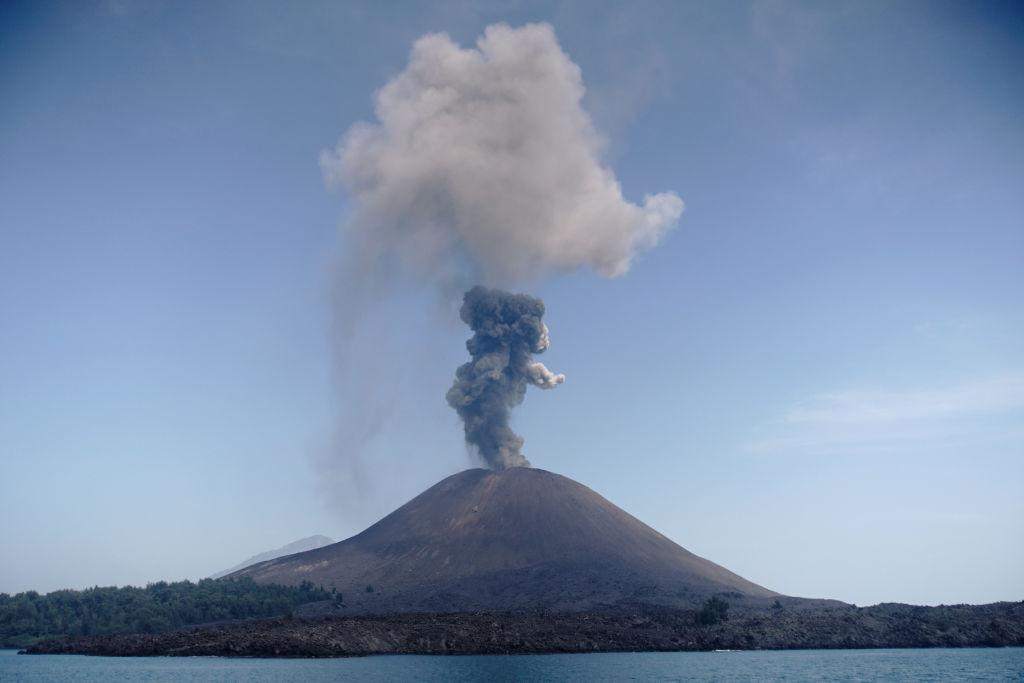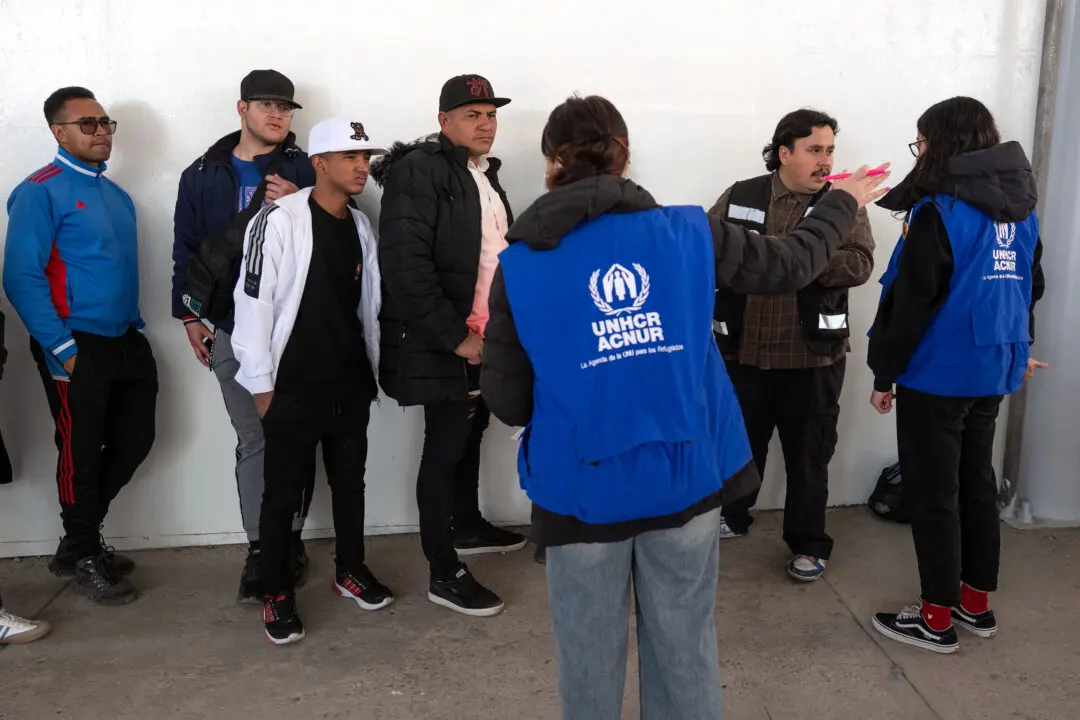Indonesia’s Geological Agency on April 24 raised the alert level for the erupting Anak Krakatau volcano to level three, requiring a danger zone of up to 5 kilometers (3.1 miles) as volcanic activity intensified.
The volcanic mountain began spewing ash clouds towering 3,000 meters from the peak in the past three days, according to the Center for Volcanology and Geological Hazard Mitigation (PVMBG).





